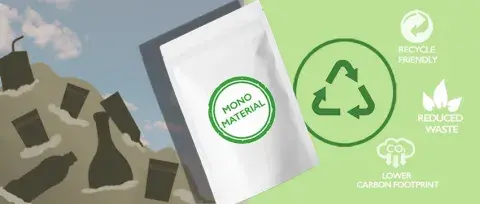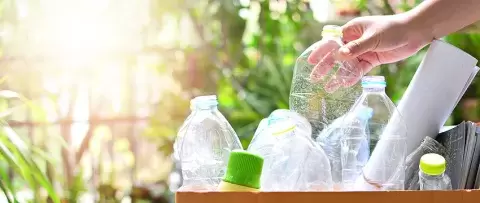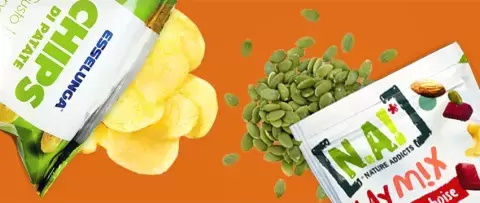Key EPA Regulations for Printing Inks: TSCA, SNURs, and SNUNs
One of the primary regulations we must understand when considering responsible chemical management and the materials used in printing inks is the Toxic Substances Control Act (TSCA). The TSCA is a United States federal law that regulates the production, import, use, and disposal of chemicals. It aims to protect human health and the environment by ensuring that chemicals are properly evaluated and managed.
Two key regulatory mechanisms within TSCA that impact all chemicals, including printing inks, are SNURs (Significant New Use Rules) and SNUNs (Significant New Use Notices). These regulations became a more prominent part of chemical regulation in the U.S. after legislative changes in 2016 that expanded assessments needed before a new chemical could be placed on the market. In this article, we explore what SNURs and SNUNs entail, their significance in the printing industry, and how they impact the formulation and use of printing inks.
What are SNURs and SNUNs?
SNURs and SNUNs are designed to monitor and regulate the introduction of new chemicals or new uses of existing chemicals that may pose potential risks to human health or the environment.
During the evaluation of a chemical that is new to the U.S. market, the U.S. EPA may decide that restrictions are necessary to address potential risks to human health or the environment. These restrictions are called SNURs. The restrictions in a SNUR may be something as simple as using protective gloves and could be as complicated as tracking the release of a substance to bodies of water.
A component of a SNUR is that if a manufacturer or processor wants to use the chemical for a use that is different than the use the EPA initially evaluated, that new use must also be evaluated. This second evaluation process is called a SNUN (Significant New Use Notice). For example, if the SNUR associated with a chemical states it can be used in water-based ink and we want to use the technology in a UV-based ink, we would have to submit a SNUN to the EPA. The EPA would consider the use of the substance in a UV based ink as a “new use” of the substance.
The final SNUR will be listed in the Code of Federal Regulations (CFR) that is publicly available: eCFR : 40 CFR Part 721 -- Significant New Uses of Chemical Substances. The CFR are final effective rules established by federal agencies vs the Federal register that serves as a public record of proposed rules, public comments, and other regulatory actions.
Companies must submit a Significant New Use Notice (SNUN) to the EPA at least 90 days before engaging in the new use specified in the SNUR. However, the EPA may take significantly longer than 90 days to review the chemical, and companies cannot use the chemical in commercial quantities until the EPA has finished their assessment.
Impact of SNURs and SNUNs in Ink Formulation and Use
SNURs and SNUNs have a direct impact on the printing ink industry and new ink technologies and innovations in several ways:
- Chemical selection has gotten more challenging since the 2016 changes. Gone are the days of simply picking the chemical with the best technical effect or the lowest cost. Ink manufacturers must carefully select chemicals for ink formulation, considering regulatory restrictions and requirements imposed by SNURs and SNUNs. This may involve substituting hazardous or restricted substances with safer alternatives to ensure compliance with regulatory standards.
- Ink manufacturers and their customers are responsible for maintaining accurate records and documentation demonstrating compliance to restrictions imposed by the SNUR. These regulations are not simply paperwork that can be filed in a drawer and forgotten. In addition, if a SNUN has been filed for a new use of the SNUR substance, there may be further documentation that must be kept until that SNUN information is incorporated into the publicly posted SNUR information. amended to include that information. SNUNs may include additional restrictions to mitigate risks associated with the new use.
- Manufacturers using a substance that has a SNUR or a SNUN are required to inform their customers. Printers and end-users of printing inks must be aware of any SNURs or SNUNs applicable to the ink products they use. This knowledge enables them to ensure compliance with regulatory requirements and implement appropriate safety measures in their operations.
How can you tell if a substance has a SNUR or SNUN?
Get to know your chemical’s safety data sheet (SDSA) and be on the look out. The easiest way is to look on the SDS in Section 2, 3 or 15. If you need help understanding your SDS or have questions, reach out to INX.
Conclusion
SNUR and SNUN regulations play a critical role in safeguarding human health and the environment by regulating the use of chemical substances in printing inks. For ink manufacturers, printers, and end-users, understanding and complying with these regulations are essential aspects of responsible chemical management and environmental stewardship. There is no escaping the new rules. The EPA has applied a SNUR to over 99% of all new chemistry coming out on the market since the enhanced evaluation requirements enacted in 2016.[SM3] [SM4] [SM5] [RS6] [RS7] New chemistry, which may be considered safer, more sustainable, and better technologically will most likely have a SNUR. By adhering to SNUR and SNUN requirements, the printing industry can uphold high standards of safety, compliance, and sustainability in ink formulation and use.
As a leader in regulatory and compliance issues, INX works closely with customers to help them comply with strict regulatory standards. Backed by a significant investment in research and development, INX places a priority in our procurement process and the selection of raw materials used to formulate our products. Our regulatory group helps guide users through their regulatory needs, providing transparent regulatory reporting, and by working directly with customer labs for product disclosures needed for proper risk assessment.









![Shrink Labels and Recycling [Shrink labellled bottles]](/sites/default/files/styles/large/public/2024-04/INX_shrink_blog850x360.jpg?itok=Qsx6qEqs)






